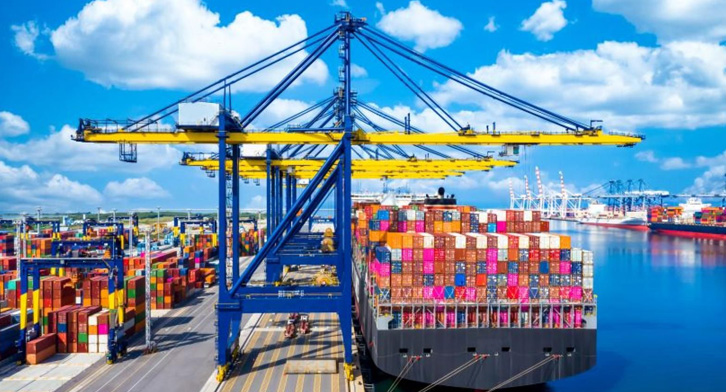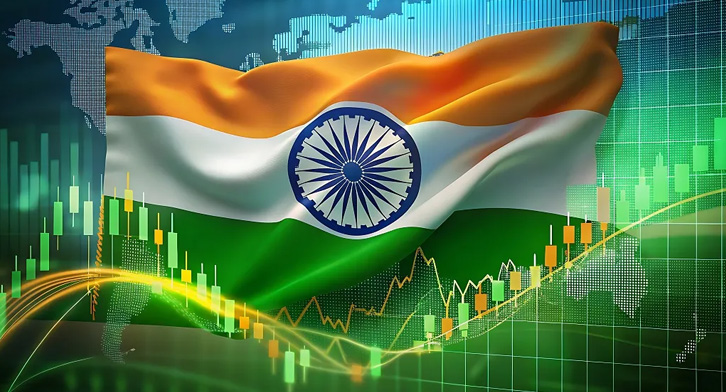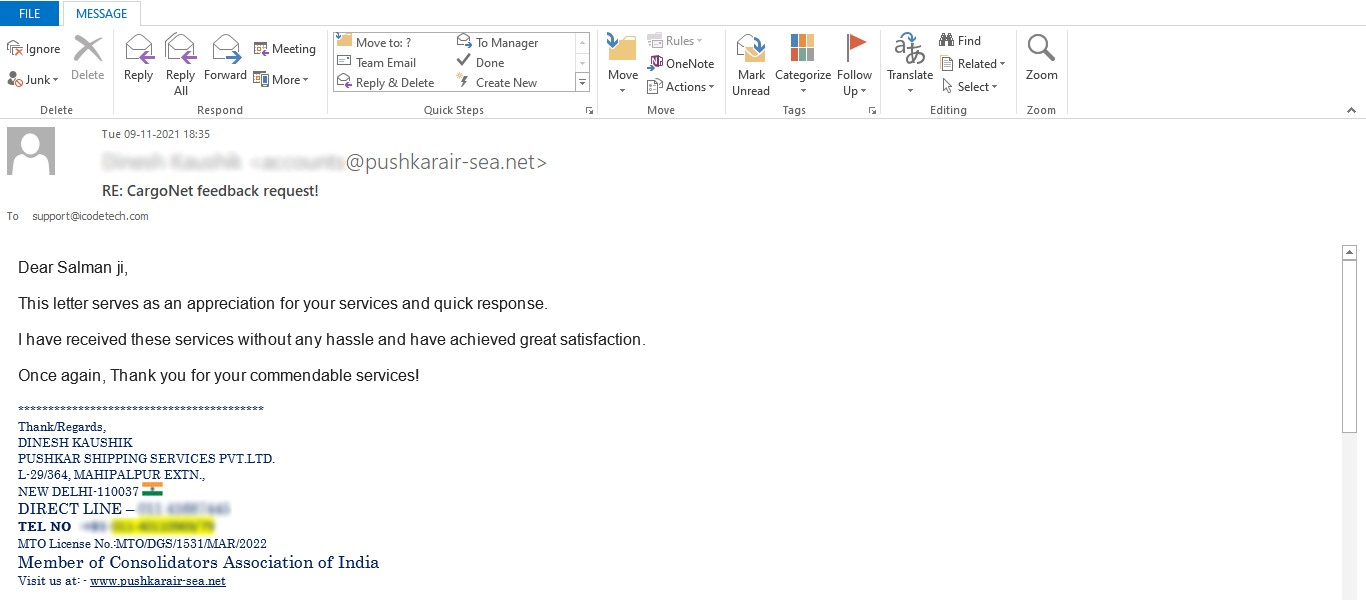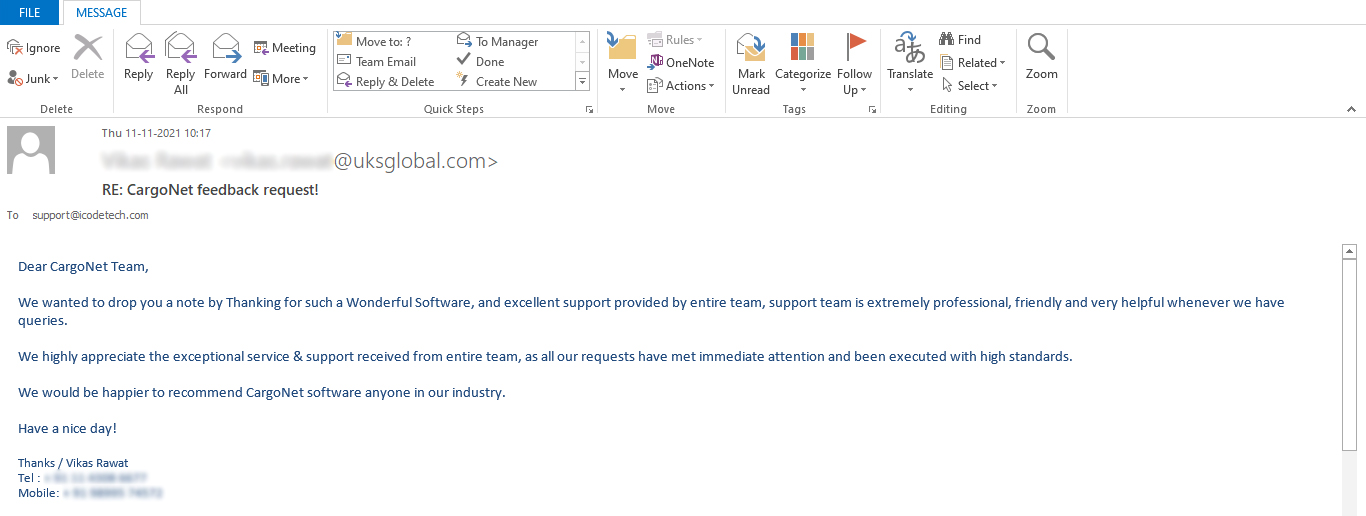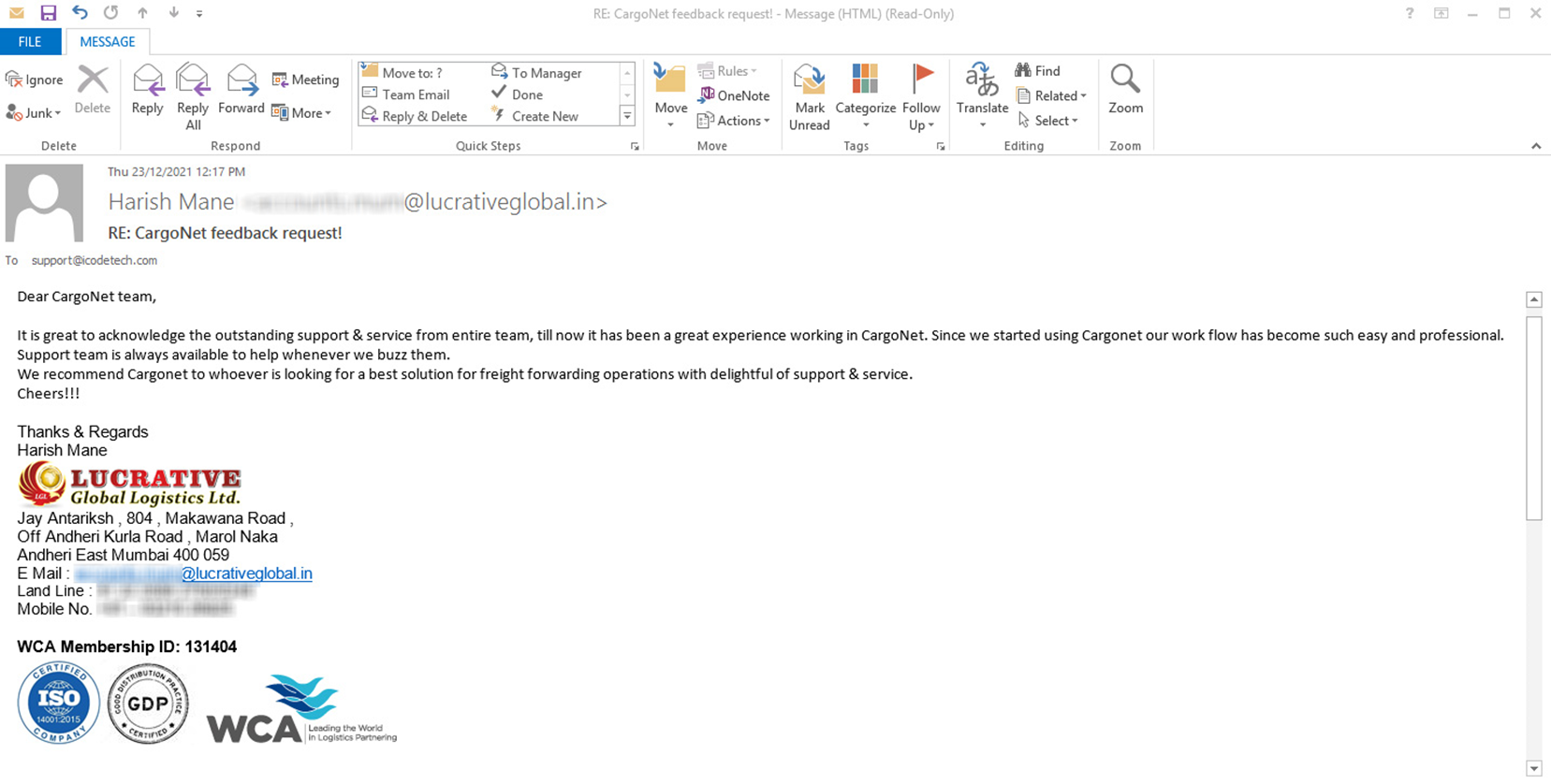In a high-stakes geopolitical and trade maneuver, US President Donald Trump has announced the United States is “close to signing a trade deal with India,” while simultaneously slapping steep reciprocal tariffs — ranging from 25% to 40% — on 14 countries, many of which are key members of ASEAN.
This announcement signals a reshuffling of global trade alignments and offers India a potentially strategic opening — though not without risks.
Key Highlights
- India spared: India is not among the 14 countries hit by the latest US tariffs — a sign of improving bilateral trade ties.
- Trump’s tariff targets:
- 40% tariff on Laos & Myanmar
- 36% tariff on Thailand & Cambodia
- 32% tariff on Indonesia
- 25% tariff on Malaysia, Japan, South Korea, Kazakhstan, Tunisia
- 35% tariffon Bangladesh, Serbia
- 30% tariff on South Africa & Bosnia-Herzegovina
- ASEAN in crosshairs: 6 of the 14 countries hit are ASEAN members, underlining what Trump appears to see as their deepening ties with China.
- India’s trade negotiations:
- Offering market access to US products (excluding sensitive sectors like dairy and agriculture).
- In return, expecting lower tariffs for Indian textiles, footwear, and labor-intensive sectors.
- Slow progress on renegotiating the FTA with ASEAN has irked Indian policymakers.
- Geopolitical context:
- ASEAN economies have increased integration with China — a key driver behind US tariff action.
- China and ASEAN recently upgraded their Free Trade Area, expanding into digital and green tech.
- Global Trade Concerns:
- New US tariffs lack WTO-compliant structure, per think tank Global Trade and Research Initiative (GTRI).
- Under Trump's model, partner nations reduce tariffs while the US rolls back only its “Liberation Day” tariffs — currently under legal challenge.
- BRICS under threat:
- Trump recently threatened a 10% tariff on BRICS members (Brazil, Russia, India, China) for pursuing "anti-American" policies.
- Triggered by the BRICS Summit where members explored alternatives to the US dollar.
- Trump's stance: “Loyalty trumps legality.”
Strategic Outlook
As India edges closer to a potential trade pact with the US, the geopolitical undertones cannot be ignored. While India avoids punitive tariffs for now, the unpredictable nature of US trade policy under Trump — and his lack of Congressional backing — raises critical concerns:
- Will any deal hold long-term legal value?
- Can India shield its sensitive sectors while gaining fair access to US markets?
- Will deeper BRICS or ASEAN ties become trade liabilities in a US-centric global order?
In Summary
India may be walking a fine line — balancing strategic autonomy with trade diplomacy — as Trump redraws the tariff map. The evolving situation presents both opportunities for Indian exporters and risks of retaliatory backlash if global trade tensions intensify.





